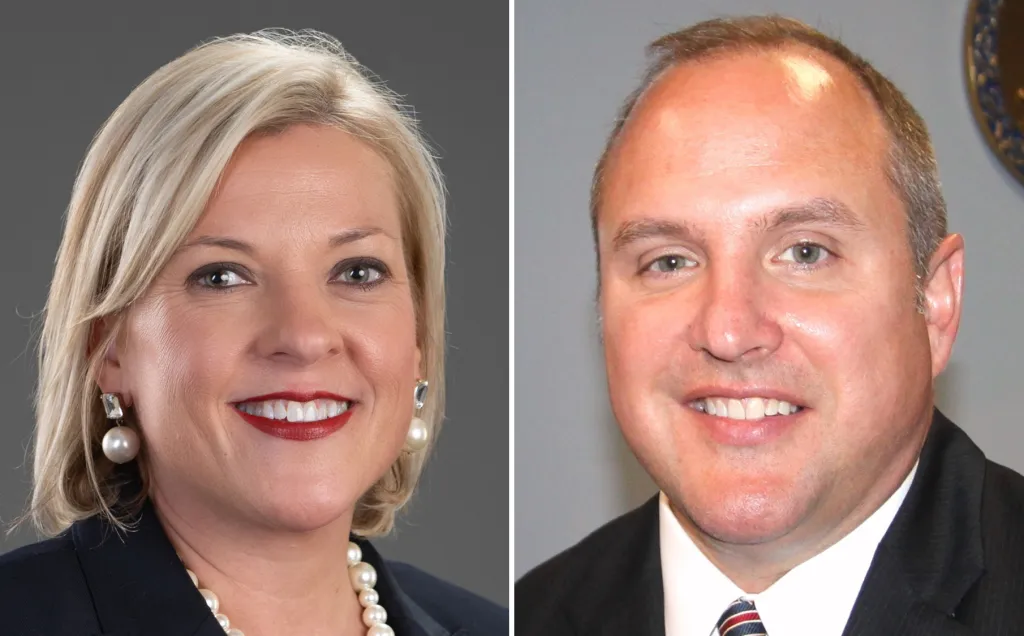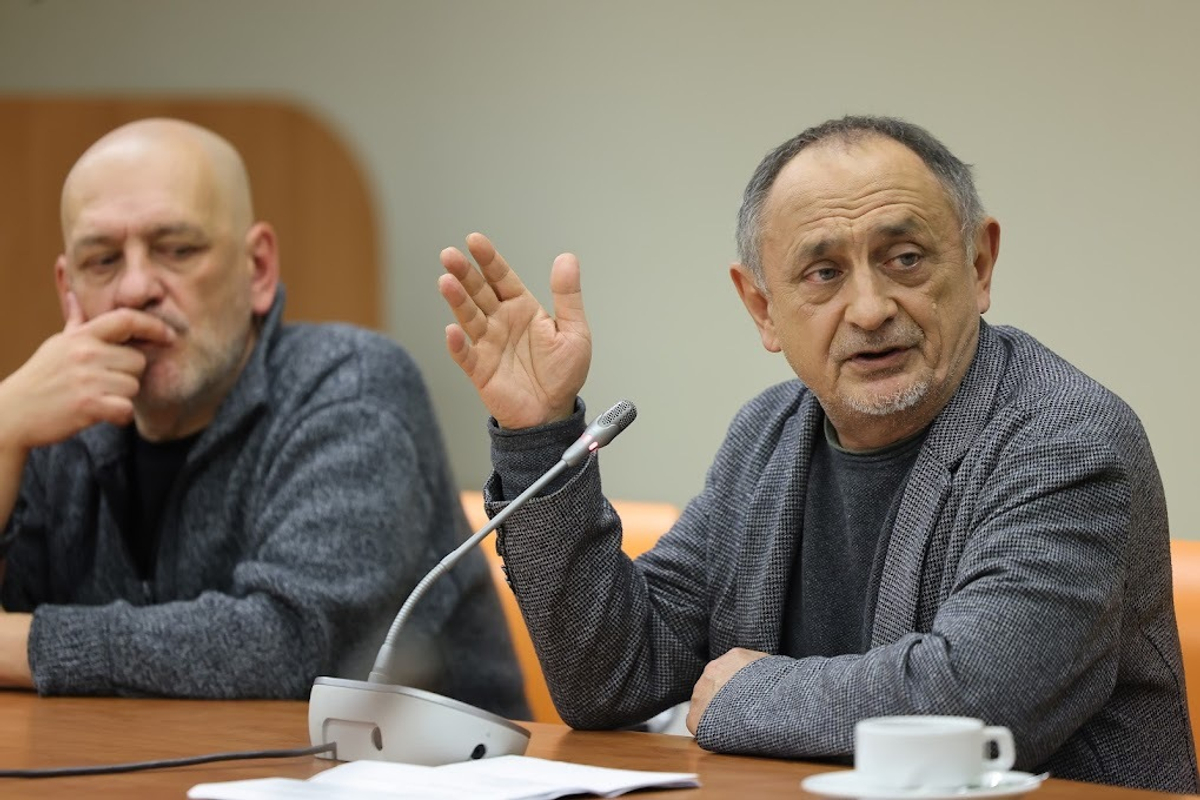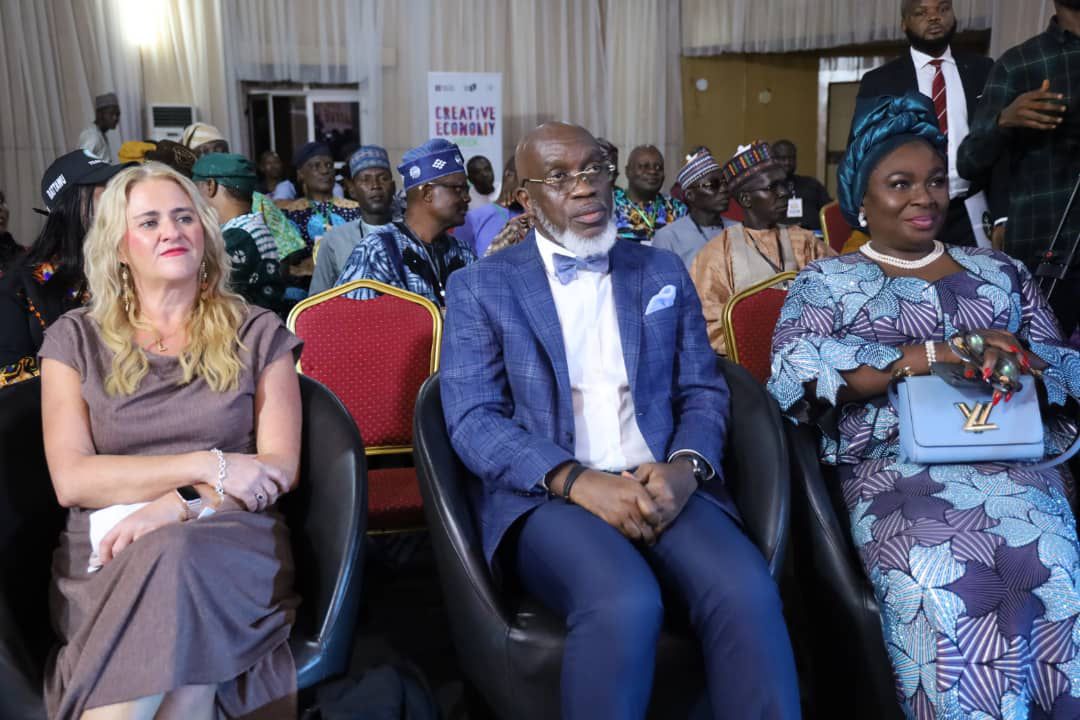
Fields of plastic, or fake turf, are spreading across the Golden State from San Diego to Del Norte counties.
Some municipalities and school districts embrace them, saying they are good for the environment and promote kids’ activity and health. But some cities including Los Angeles are considering banning the fields, citing concerns about children’s health and the environment.
Nowhere in the country is turf growing faster than in California — on school athletic fields, city parks and residential lawns. Exact numbers are not known, but it’s estimated that 1,100 acres of the material, or the equivalent of some 870 football fields, are being installed across the state each year.
In 2025, Laguna Beach Unified School District and the San Mateo County Office of Education both received environmental accolades from the state Department of Education for, among other efforts, installing artificial turf.
“The fields do not require water, pesticides or fertilizers. They also provide year-round playing time without the need for closures for regrowth or rain damage,” said Laura Chalkley, director of communications for San Mateo Union High School District.
But a growing number of health experts, environmentalists and parents say the fields are harming children’s health and heating up the environment — and they’re pushing their cities, counties and school districts to ban them.
Terry Saucier, a Tarzana resident and chair of the SoCal Stop Artificial Turf Task Force, wants the Los Angeles city government to do that.
“I wish they’d stop calling it grass,” Saucier said. “It’s carpet. They’re taking green space, grass and dirt away from kids and laying down synthetic carpets.”
The L.A. City Council’s Energy and Environment Committee is now studying a a possible ban. It’s up for discussion in October. Other cities, such as San Marino and Milbrae, have already moved to prohibit the outdoor material.
Turf is designed to look and feel like grass. It consists of green “grass” blades, made of nylon or other plastic polymers, rooted in a plastic mat. In between the blades is a layer of fine, loose material made of recycled tires, rubber, sneaker soles, sand, olive pits or coconut.
Researchers, including Sarah Evans, assistant professor of environmental medicine at the Icahn School of Medicine at Mount Sinai in New York, said a growing body of research shows these carpets have the potential to cause harm in three main ways: burns, chemical exposure and injuries.
“These surfaces get really hot,” she said, citing research that artificial turf can reach temperatures in excess of 160 degrees, and can cause first- and second-degree burns on skin. She said her own kids complain that their “feet feel like they’re burning. Oh, my God, even with shoes on. So it’s really, really unsafe temperatures under a lot of conditions.”
In addition, there are chemical exposures — including from forever chemicals, or PFAS, which have been detected in the blades; endocrine disruptors, such as phthalates, and volatile chemicals, such as benzo(a)pyrene and naphthalene. What the effects are when children and athletes play, roll and eat on the fields is not known. Studies of these and other chemicals found in crumbled tires have shown they can cause cancer in laboratory animals if inhaled, absorbed through the skin, or ingested, she said.
There are also injuries associated with turf fields that don’t typically occur on natural fields, including in the ankle and knee, the result of how cleats grip the infill, she said.
Proponents, however, say some of these harms have not been established with certainty. And heat can be mitigated by watering the fields to keep them cool, or using natural infill products, such as ground up walnut shells or olive pits that don’t heat up as much.
The Synthetic Turf Council, a trade group for turf manufacturers, did not respond to a request for comment.
Proponents also point to a draft report from California’s Office of Environmental Health Hazard Assessment that examined one part of artificial turf, the loose infill, made of recycled tires. It found “no significant health risks to players, coaches, referees and spectators from on-field or off-field exposure to field-related chemicals in crumb rubber infill from synthetic turf fields based on available data.”
That report came at the request of the state’s waste agency, CalRecycle in 2015. CalRecycle asked the health hazard assessment agency to examine tire infill as a solution to the decades-old problem of millions of tires piling up in landfills. Waste officials were looking for ways to uses the old tires, and needed to know if they posed health risks to people who might recreate on the ground material.
It’s common for scientists to ask for outside review, and when the state convened an expert panel to evaluate its turf report, reviewers weren’t so sanguine about the agency’s conclusions.
Amy Kyle, one of the independent scientific advisors on the panel and a UC Berkeley environmental health scientist, said she and other advisors had concerns about several aspects of the study design and methodology — which they lodged in public discussion — but which were largely ignored.
For instance, she said, when a laboratory at UC Berkeley analyzed the chemical signatures found in the infill, they saw more than 400 chemicals but could identify only roughly 180 of them.
“That fell out of the final report … or the final session of the study. Those results, they kind of left that all out,” she said.
In a transcript from one of the panel meetings in April, Kyle expressed concern about the report’s conclusions.
“It’s not an emergency. I wouldn’t evacuate playgrounds,” she told the agency and her fellow advisors. “But if I were advising my friend on the school board about this, I would say I would try not to use this stuff … “
Other panelists agreed.
“I’m glad my kid mostly played on grass,” said John Balmes, professor of medicine at UC San Francisco.
Jocelyn Claude, a staff toxicologist for the state, reiterated that the report looked only at the tire infill, and should not be seen as an official California endorsement of synthetic turf. She noted that her office did not look at the blades, where PFAS chemicals have been detected.
“Since we only looked at the crumb rubber, there are limitations in what our results state and how they can be applied,” she said.
Finally, Evans and Saucier have concerns for the wider environment: microplastics that slough off the turf and the heat generated by the fields of fossil-fuel derived plastic, which can make a local area hotter.
According to the Synthetic Turf Council, the average athletic field uses 400,000 pounds of infill and 40,000 pounds of artificial turf carpet. In addition, research shows that an average synthetic turf field loses between 2,000 and 3,000 pounds of microplastic fibers every year.



